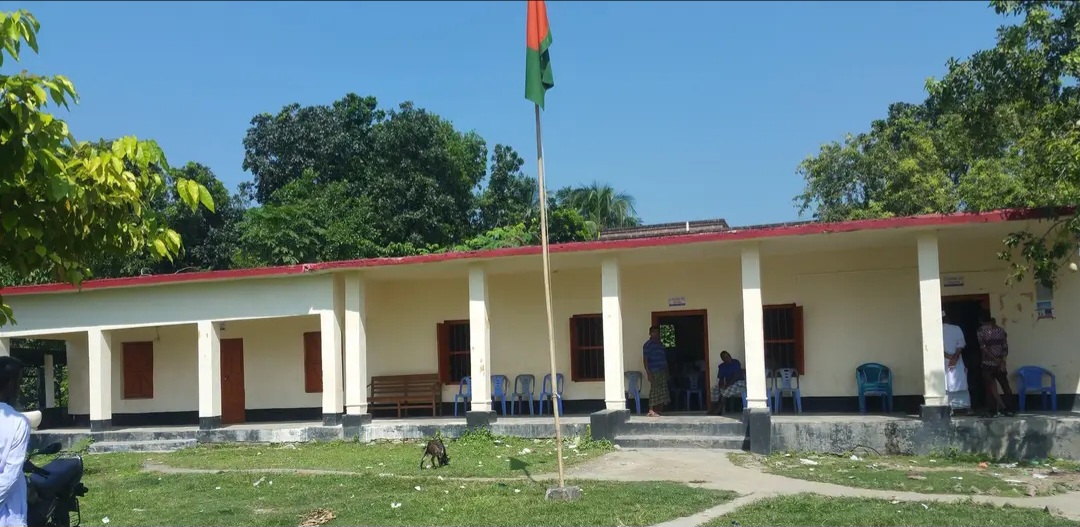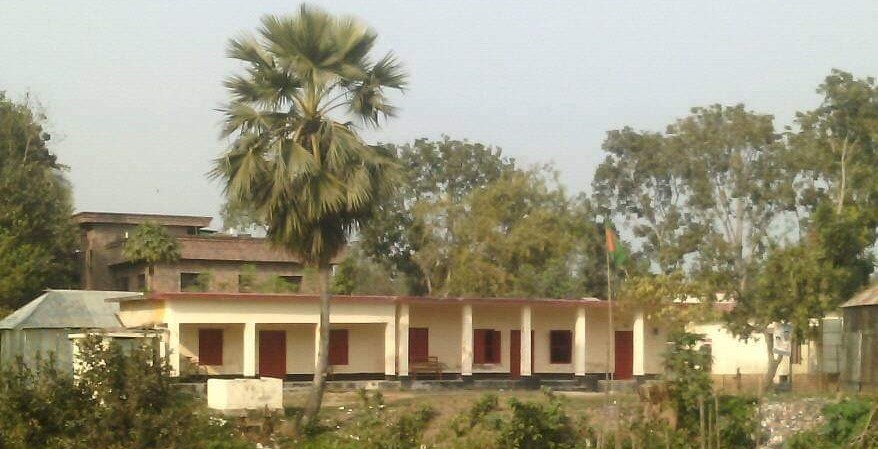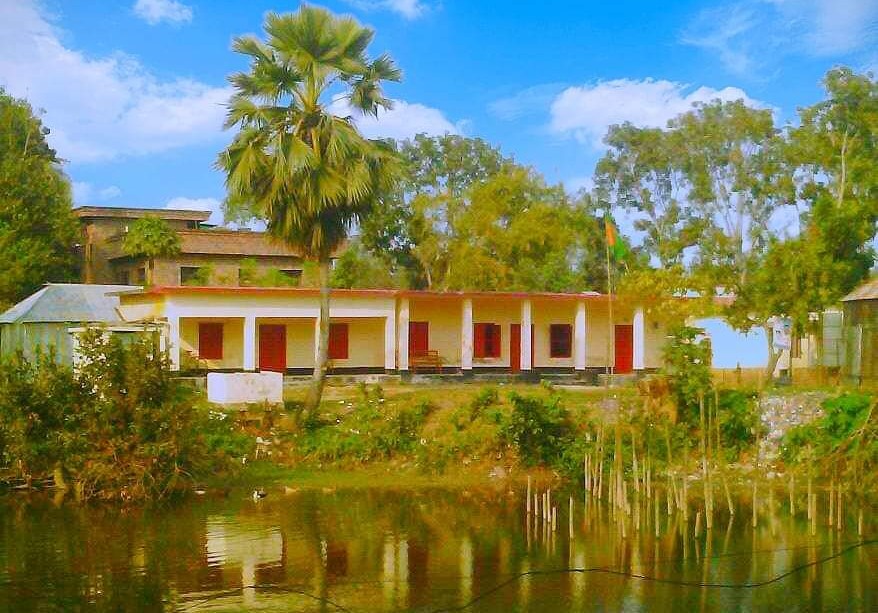- About Union
-
Union Parishad
Important information
-
five year plan
-
Decisions of the monthly meeting
-
Monthly meetings
-
emergency contact
-
Ward meeting minutes
-
Minutes of the Monthly Law and Order Committee
-
Projects implemented in the previous year
-
Minutes of the Union Development Cooperative Committee
-
Functions of the Birth and Death Task Force Committee
-
Ward meeting minutes
-
five year plan
- Government office
-
Other Institutions
List of educational institutions
religious institutions
-
Different Lists
List of Beneficiaries
- Projects
- Services
- Galary
-
About Union
Union Contact
Geographical & Economical
-
Union Parishad
Union Parishad
Union Parishad activities
village court
Important information
- five year plan
- Decisions of the monthly meeting
- Monthly meetings
- emergency contact
- Ward meeting minutes
- Minutes of the Monthly Law and Order Committee
- Projects implemented in the previous year
- Minutes of the Union Development Cooperative Committee
- Functions of the Birth and Death Task Force Committee
- Ward meeting minutes
official
-
Government office
Agricultural Office
Land Office
Health care
-
Other Institutions
List of educational institutions
religious institutions
-
Different Lists
List of Beneficiaries
- Projects
-
Services
UDC
National e-Services
-
Galary
Photo
Vedio Galary
Achievements of Bangladesh
Bangladesh has transitioned from a least developed country (LDC) to a developing country in an unstoppable move. The United Nations Committee on Economic and Social Development Policy (CDP) officially announced Bangladesh's eligibility to transition from LDC on March 15. Although there is a condition of achieving any two of the three indicators of per capita income, human resource index and economic fragility index for transition from the LDC category, Bangladesh has been promoted in all three indicators. According to the criteria of the United Nations Economic and Social Council (ECOSOC), in this case, a country's per capita income must be at least 1230. US dollar, per capita income of Bangladesh is much higher than that i.e. 1610 US dollars. In human resource index, Bangladesh achieved 72 and 9 though it needed 66. The economic fragility index should be 32 percent or less while Bangladesh has 24.8 percent. This transition from a war-torn country to today - where there is a history of crossing the path of a friend is a major achievement in the implementation of the government's Vision 2021. This has been possible due to the bold and progressive development strategy adopted by Bangladesh under the visionary leadership of Prime Minister Sheikh Hasina which has put Bangladesh on the path of rapid development through overall economic growth, structural transformation and significant social progress. Setting the goal of becoming and moving forward. Bangladesh's development progress comes up in less than 50 years of birth, how Bangladesh is going to show success like the launch of high-speed Bangabandhu Satellite-1. It comes up how the father of the nation united the entire nation for freedom, how a war-torn country is going to become the golden Bengal of the father of the nation's dream. Prime Minister Sheikh Hasina's dynamic leadership, long-term planning, achievement of MDGs, implementation of SDGs including education, health, gender equality, agriculture, reduction of poverty line, increase in average life expectancy, export-oriented industrialization, 100 special economic zones, garment industry, pharmaceutical industry, increase in export income, etc. Economic indicators. Mega projects of the country including Padma Bridge, Rooppur Nuclear Power Plant, Payra Deep Sea Port, Dhaka Metro Rail. It shows Prime Minister Sheikh Hasina's bold call, "Let's all unite to build a prosperous, happy and prosperous Bangladesh for the next generation, regardless of party affiliation." Source: Bangladesh News Agency (BASS) Bangladesh's achievements Despite being a developing country of small size, Bangladesh is already natural to the whole world. Intensive integrated management of disasters, use of microcredit and its role in poverty alleviation, bringing transparency and fairness in conducting elections in populous countries, planting trees, positive changes in social and economic indicators etc. have become exemplary examples. This Bangladesh was born in exchange of the blood of 30 lakh martyrs to come to where it is today. Thousands of obstacles had to be overcome. The statistics of the 43-year achievements of that newly-born nation, which was devastated by war and almost without infrastructure in all areas, are not completely inadequate. Among the 8 goals of the Millennium Development Goals, Bangladesh has been able to demonstrate significant progress in education, reducing child mortality and reducing poverty. The comments made by the Nobel laureate Indian economist Amartya Sen are instructive in this regard. According to him, Bangladesh has success in some areas that can surprise the world. Especially educational facilities, empowerment of women, reduction of maternal and child mortality and birth rate, provision of toilets and health facilities for poor people and vaccination of children are among the programs. Academic achievement
One of the steps taken by the Bangladesh government to spread education at all levels is the free book distribution program among hundreds of students. A stipend system has been introduced from primary to secondary level to promote women's education. The existing 26 thousand 193 primary schools have been newly nationalized. A significant number of teachers' jobs have been govt. In 1990, the percentage of children enrolled in school was 61, and today it has increased to 97.7 percent. With the aim of ensuring the education of poor and talented students who are deprived of educational opportunities, the "Education Assistance Trust Act, 2012" has been formulated, "Education Assistance Trust" has been formed. "National Health Policy-2011" has been formulated to modernize the health sector. 12 thousand 779 (1) community clinics have been established to ensure health care of poor people at the grass root level. 312 (2) upazila hospitals have been upgraded to 50 beds. Medical 2000 beds have been increased in colleges and district hospitals. Maternal and child mortality and birth rates have been reduced significantly. Neonatal mortality has come down from 149 in 1990 to 53 at present (3). 12 (4) new medical colleges have been established, more than 47,000 manpower has been recruited.
"National Women Development Policy-2011" has been formulated for overall development of women. Scholarship program has been introduced from primary to secondary level to encourage women education. the society
Planning and Implementation: Cabinet Division, A2I, BCC, DoICT and BASIS


.jpg)






